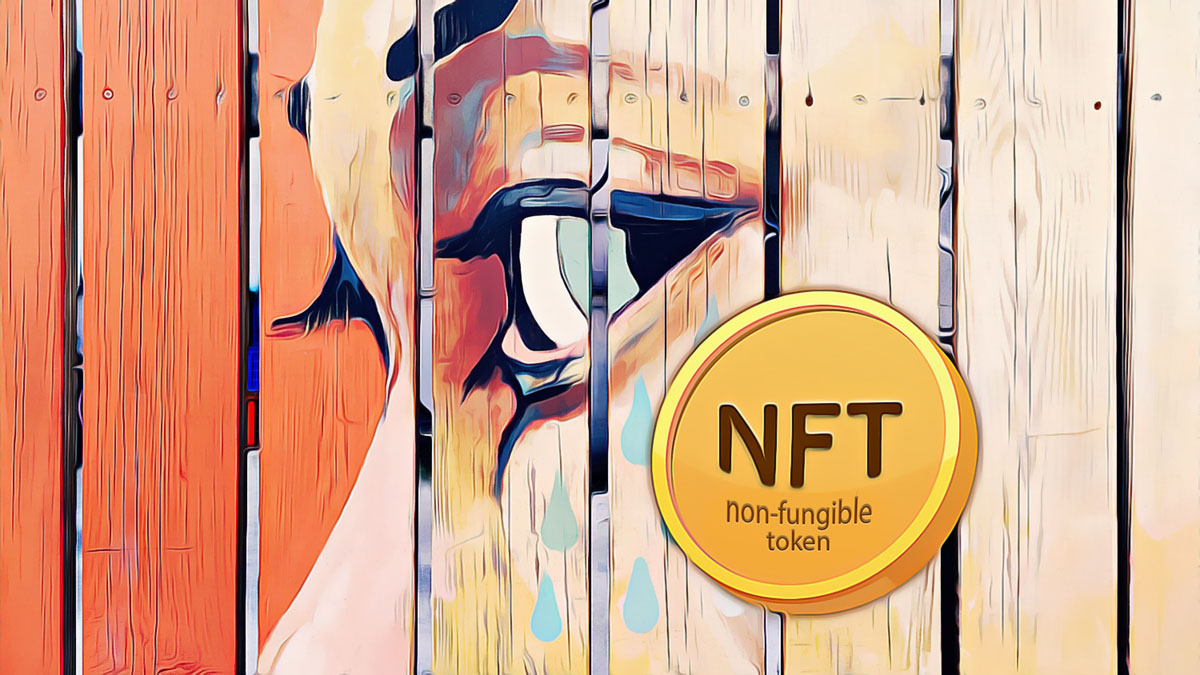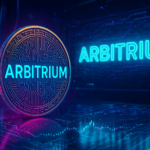Ethereum network witnesses the birth of a novel hybrid token standard, ERC-404, crafted by two pseudonymous developers, Ctrl and Acme. This fresh standard is designed to bridge the functionality of both ERC-20 tokens and ERC-721 NFTs, offering a groundbreaking approach to digital assets. Despite its promising applications, ERC-404 is still in its infancy, lacking formal audit and recognition as an official Ethereum Improvement Proposal (EIP).
New Hybrid Token Set to Transform Ethereum Transactions
The ERC-404 standard is unique as it fuses the versatility of fungible ERC-20 tokens with the distinctiveness of ERC-721 NFTs. This fusion enables innovative use cases such as fractional NFT ownership, which permits partial ownership in high-value NFTs, opening doors to trading and collateralization opportunities that could reshape the Ethereum blockchain ecosystem.
Ctrl, a principal architect behind ERC-404, acknowledges the challenges and duration involved in achieving EIP status. While specifics on the development team remain undisclosed, Ctrl hints at collaborations with prominent experts and optimism about presenting the standard to the community shortly.
Security Concerns Rise with the Introduction of ERC-404
Not without controversy, the nascent ERC-404 standard has incited a security debate. An Ethereum developer, Quit, warns of potential vulnerabilities with ERC-404 NFTs, particularly in the context of depositing them into flawed lending protocols, which may not differentiate between ERC-404 and traditional ERC-721 assets. This could lead to unauthorized claims on NFTs by crafty investors.
In response to these concerns, Ctrl has defended the integrity of the ERC-404 standard, attributing potential issues to contract misconfigurations rather than inherent flaws in the standard itself. Furthermore, major cryptocurrency exchanges such as Binance and OKX have expressed support for ERC-404. The first ERC-404 token launched by Pandora has already experienced substantial market success, with several projects adopting the standard, signaling the growing traction of this innovative asset class within the cryptocurrency space.












